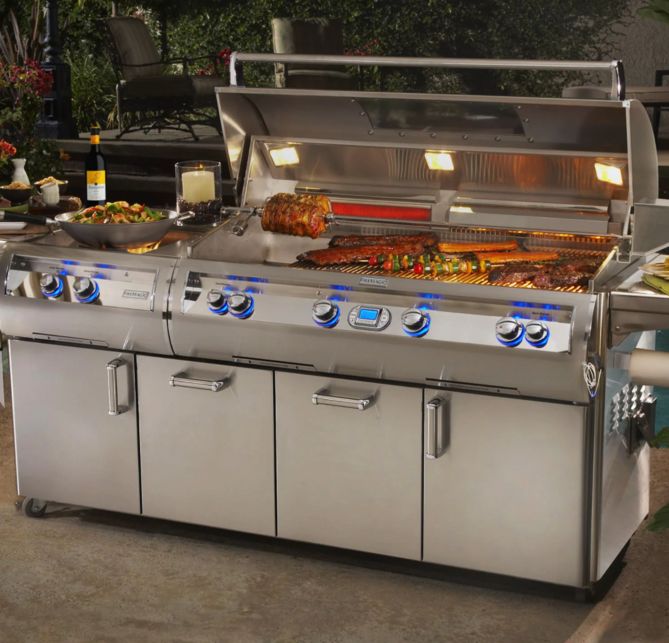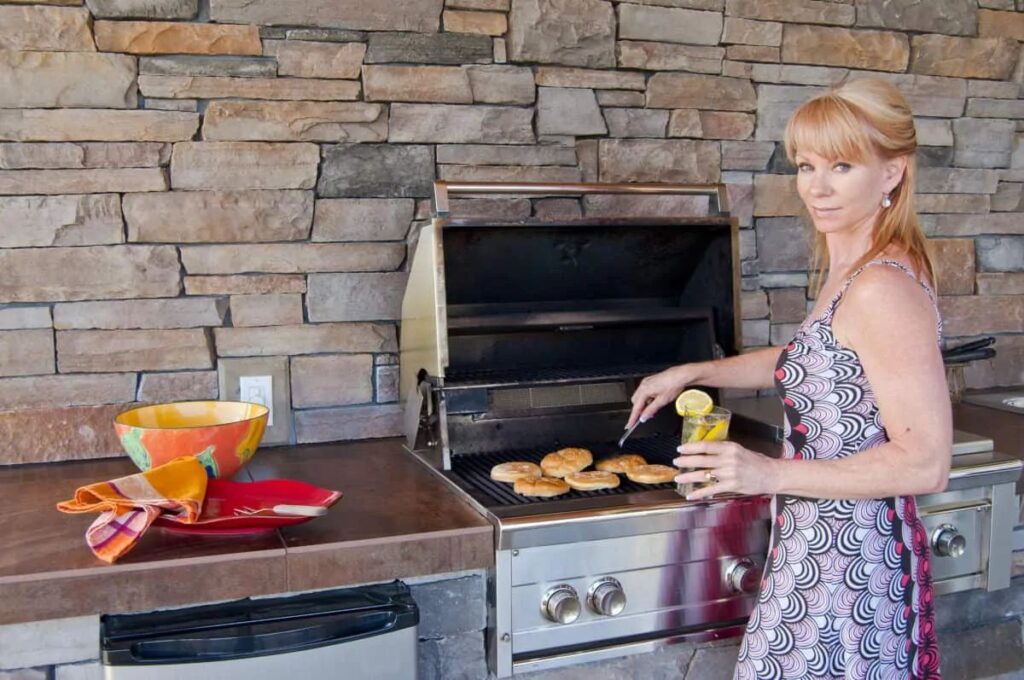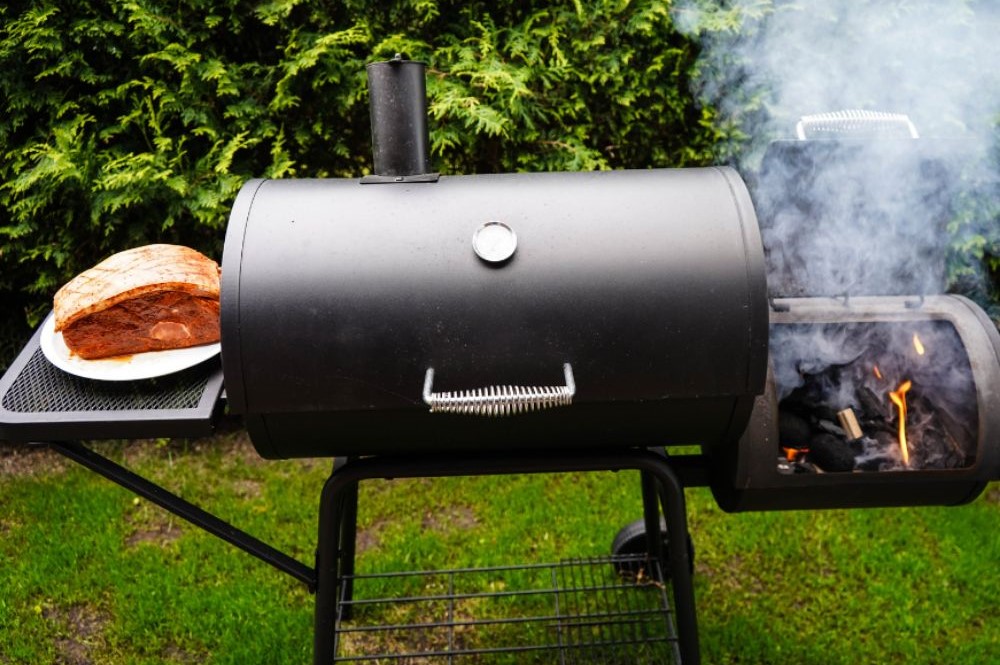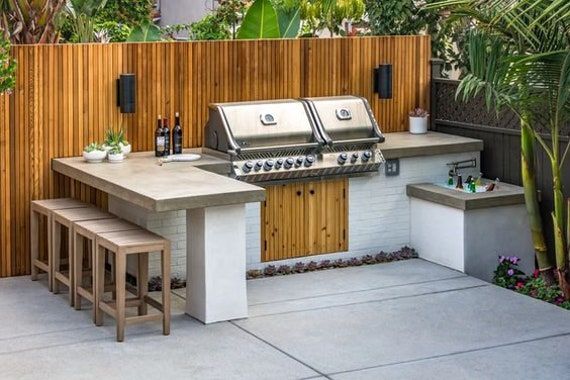
Too many grills are bulky, slow to set up, or cook unevenly. Tabletop models promise portability, but not all perform well outdoors.
The best tabletop gas grills in 2025 offer compact size, fast heat-up, and real searing power, making them ideal for backyards, campsites, and balconies alike.
This guide breaks down what to expect from modern tabletop grills, and helps you pick one that fits your space, fuel preference, and food goals.
What makes a tabletop gas grill worth buying?
A cheap grill often burns too hot or unevenly. Some take forever to start. Others fall apart after a season.
A good tabletop gas grill should be easy to carry, light fast, cook evenly, and clean up without hassle.

Key Features to Look For
| Feature | Why It Matters |
|---|---|
| Burner output | Affects cooking speed and searing power |
| Cooking surface | Larger grates = more food per session |
| Weight | Impacts portability |
| Fuel type | Gas is fast, charcoal adds flavor |
| Cleanup options | Removable trays save time |
Choosing a tabletop grill is about balance. Look for a model that gives you decent space but won’t weigh down your setup. Lightweight stainless steel builds are best for regular use. Also, check for stable legs and a solid lid. Wobbly parts waste heat and cause flare-ups. A built-in thermometer isn’t required, but it helps. Make sure the ignitor works every time, or you’ll be packing matches.
A durable body resists rust and heat damage. Many modern tabletop grills now use cast iron or enameled steel grates, which last longer and retain heat better than thin wire grates.
How does Holagrills fit your needs?
It’s easy to get distracted by features. But the best grill is the one that fits your lifestyle and meals.
Holagrills-style tabletop grills focus on fast setup, steady heat, and enough space to cook full meals without the bulk.

Matching Grill Type to Use Case
| Use Scenario | Grill Trait to Prioritize |
|---|---|
| Solo camping | Compact and lightweight |
| Family patio meals | Larger cooking area, 2 burners |
| Tailgating events | Fast start, wind-resistant lid |
A solid tabletop grill works anywhere you need heat—deck, tailgate, or field. If you cook for two, you need a smaller grill with a quick startup and minimal mess. For families or party groups, look for larger surfaces and dual burners. This lets you cook meat and veggies at once without burning one or undercooking the other.
Not all grills handle wind well. Choose models with lids that close tightly and have solid hinge systems. Loose lids leak heat. Vented designs help manage airflow and flare-ups, especially with greasy meats. Also, look for models that store easily—folding legs or handles that double as locks can make transport much easier.
Which features matter most in 2025 grills?
Grill design changes fast. What mattered five years ago might feel outdated today.
In 2025, people want tabletop grills that combine heat power, smart design, and portability—without overcomplicating the cook.
.jpg)
2025 Must-Have Features
- Push-button ignition
- Dual heat zones
- Removable grease trays
- Compact folding base
- Built-in thermometer
Dual burners are a standout. With them, you can grill steak on one side and warm buns or veggies on the other. Heat control is key for consistent cooking. Integrated thermometers give a fast read so you don’t overdo thin cuts.
Portable grills now feature collapsible frames, latch-closed lids, and better ventilation for outdoor airflow. These save time packing and keep your hands clean. Some even use infrared plates to prevent flare-ups, which is a huge plus if you grill sausages or fatty cuts.
Finally, durable materials matter more now. Stainless steel holds up to rain, sun, and beach salt. It also wipes clean fast, especially if the surface is smooth rather than brushed.
How do tabletop grills meet portability goals?
Many grills promise portability. Few actually deliver. Some are just smaller full-size models.
True portable grills pack small, carry light, and set up quickly without sacrificing heat or surface space.
Black.jpg)
What Portability Really Means
| Spec | Good Standard |
|---|---|
| Weight | Under 25 lbs |
| Size packed | Under 20 inches wide |
| Setup time | Under 2 minutes |
| Transport method | Fold handle or carry bag |
Real portability means no tools required. If you need a wrench to open it or a second person to carry it, it’s not truly portable. Check how the legs fold—are they stable or wobbly? If the grill shakes, it’s risky to use on uneven ground.
Backpack-style propane bottles work well with tabletop grills, especially for hiking or off-grid trips. Make sure the hose and regulator store inside the body. That way, you don’t lose parts or take up more space.
And don’t forget storage. Flat designs slide into RV compartments or closets easily. Curved or deep models take more space and tip easily if not latched shut.
Are tabletop grills safe for every environment?
Gas and fire raise safety questions. Tabletop grills need smart use in closed or windy spots.
Yes, tabletop gas grills are safe if used outdoors, on stable ground, and with proper airflow and handling.

Safe Setup Checklist
- Use only outdoors or in well-ventilated areas
- Place on flat, heatproof surface
- Keep 3 feet away from walls or trees
- Never leave flames unattended
- Let grill cool fully before packing
Always check the hose and regulator before each use. Leaks are rare but dangerous. Do a bubble test with soapy water if unsure—bubbles mean a leak. Never light if you smell strong gas.
In high wind, close the lid and block wind from the burner side. Choose a model with good wind resistance. Some include side panels or deeper fireboxes to keep flames steady. Never grill in tents, garages, or under low awnings. Gas builds fast in tight spaces.
Watch kids and pets. Tabletops are easier to reach than tall grills. Make sure your grill’s legs lock firmly to avoid tipping.
What maintenance ensures grill longevity?
Grease, food bits, and heat can wear a grill down fast. Tabletop models need regular care to last.
Clean grates, empty trays, and check parts often—this adds years to a tabletop grill’s life.

Basic Grill Care Guide
| Task | Frequency |
|---|---|
| Clean grates | After every cook |
| Empty grease tray | Every 1–2 cooks |
| Check ignition | Monthly |
| Wipe outside | Weekly |
| Deep clean interior | Every 5–10 uses |
Use a wire brush on hot grates after each use. A damp cloth works for the body, but avoid harsh cleaners—these can stain or scratch. Use foil drip liners if your grill allows it. They catch grease and save scrubbing time.
If your grill has removable parts like burners or trays, take them out once a month and wash in soapy water. Rinse fully and dry before reinserting. Keep burners clear of clogs—look for spider webs or soot buildup.
Propane grills need tight fittings. Check that your valve, hose, and ignitor still work. Replace faulty parts instead of forcing them. Good care can keep a tabletop grill going strong for 3–5 years or more.
Conclusion
A solid tabletop grill should cook fast, clean easily, and move with you wherever you eat.
FAQs
Can you use tabletop gas grills indoors?
No. These grills must only be used outdoors due to carbon monoxide risk.
Do tabletop grills get hot enough to sear meat?
Yes. Many models hit 500°F or more, enough for proper searing.
What’s better—propane or charcoal tabletop grills?
Propane is cleaner and faster. Charcoal adds more flavor but takes longer.
How much cooking space do I need for four people?
At least 275–300 square inches is best for group cooking.
Are tabletop grills allowed in all campsites?
Check each site’s rules. Many allow gas but ban open flames.
What kind of propane tank works with tabletop grills?
Most use 1-lb or 16-oz disposable cylinders, or adapters for 20-lb tanks.
Can I leave my tabletop grill outside?
You can, but it’s best to cover or store it after each use.
Do tabletop grills work well in windy conditions?
Some do. Choose models with tight lids, deep fireboxes, and wind guards.
